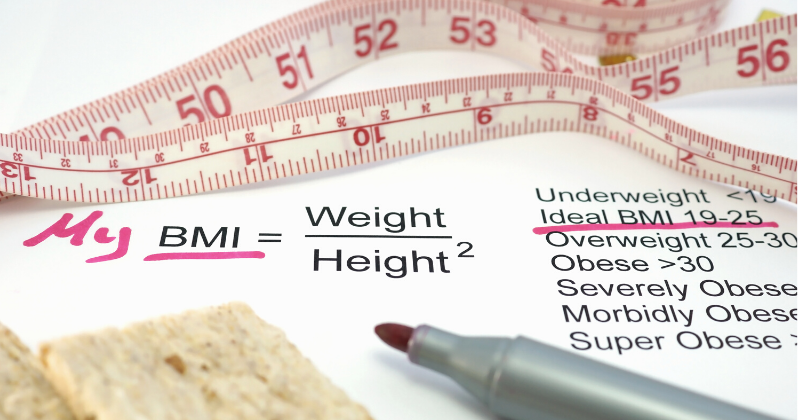Dominic Bendetti, SPT
Student Physical Therapist Weight Loss: A Personal Journey
Tough weight loss obstacles are part of a major health epidemic of obesity in the United States. It is a fact that obesity affects approximately 40% of the population above the age of 20. It is known that it adversely impacts a person’s overall health, with the leading causes of death being coronary artery disease, stroke, diabetes, chronic kidney disease, and cancer. A common measurement of obesity is known as Body Mass Index (BMI), with standard measurements:
- Normal BMI classification ranges from 18.5-25
- Overweight BMI classification ranges from 25-30
- Obese classification being considered as above 30
Current estimates show that and person with a BMI between 30 – 35 years will live 2-4 years less when being compared to non-obese non-smokers.
In May 2020 I weighed in at 290 pounds. At 6 feet tall, the BMI calculates out to 39.3, or to put it simply, obese by way of classification. I knew the risks and stress that this put on my body but weight loss always seemed such an impossible task to undertake. As a 6 foot tall male, I would have to lose 106 pounds to reach a BMI that would be considered within the normal range. This is not to diminish the value of embarking upon the journey of weight loss, but instead should embolden the idea of weight loss. As I am writing this I weigh 216 pounds with a BMI of 29.3.
With that being said I would like to take the rest of this blog to share the simple things that I have done and obstacles I have encountered along the path.
3 Tough Weight Loss Obstacles:
1. Exercise Intensity
The first obstacle for me was knowing what to do and how to measure the intensity of what I was doing. When I started I found out that the American College of Sports Medicine recommended that a person seeking to lose weight should participate in 30 minutes of moderate-intensity aerobic activity 3-5 days a week. Again the question I had was how do I know if I am participating in moderate-intensity aerobic activity? What I found was something called the “Talk Test”. In general, when you are participating in a moderate-intensity aerobic activity you should be able to talk but not sing. If you can sing it is likely you are participating in a lower intensity activity and if you can not talk you would be doing a higher intensity aerobic exercise.
2. Exercise Type
The next obstacle was figuring out what type of exercise would be appropriate. I found that when I was 290 pounds going for a run was to much stress on my ankles and knees. So I personally started by walking daily and going on an exercise bike in order to reduce the stress put on my joints. This allowed me to safely build myself up to higher-level activities such as running, or participating in sport-related activities such as basketball. Your physical therapist can provide you with some valuable exercise tips to make the journey easier.
3. Injury and PT
The last tough weight loss obstacle I encountered, in regards to physical activity, was injuries along the way that set back my workout schedule. As a student physical therapist I found myself readily equipped to recognize and treat the injuries as they occurred. I recognize that not everyone has that knowledge as readily available to them but that is where physical therapy services can contribute and be of assistance.
While exercise is a major component to weight loss, diet should be considered equally as important. I found I was holding myself accountable to not exceeding a certain caloric intake. There is a popular quote in circles of people trying to lose weight that says “you cannot out-train a bad diet”. Holding myself responsible for the portions of food I eat is actually the most difficult part of my weight loss. In order to help hold myself accountable, I started counting calories and recording the things that I would eat/drink throughout the day in a journal (including water!). This was a very useful tool in order to help me see how the snacks that I ate throughout the day added up. I have since stopped but I have found it easier to perceive the quantities of food I have consumed over the course of the day. This is where a dietician or nutritionist can be of assistance in determining a healthy diet plan tailored to your needs.
Weight Loss Obstacles & Physical Therapy
I understand the struggle that weight loss is, and I affectionately say that “weight loss does not take much, It takes everything”. There are a lot of obstacles that come with trying to lose weight. If some of the obstacles you face are from past or present injuries, lack of knowledge regarding functional movement, appropriate exercises or fear of being able to safely perform those exercises physical therapy may be able to help you get started.
Contact Capital Area Physical Therapy for more information on sports specific training at any of our physical therapy clinics in Queensbury, Malta and Saratoga New York.






